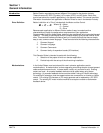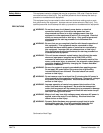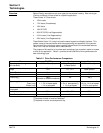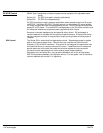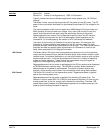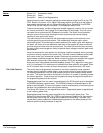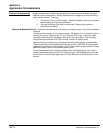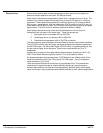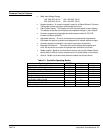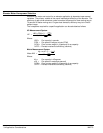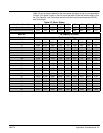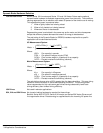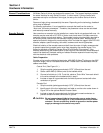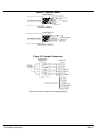
Section 3
Application Considerations
Application Considerations 3-1MN770
General Considerations A good understanding of elevator applications and requirements is essential for proper
selection of drive components. Several classifications or categories can be identified to
make selection easier. These are:
1. The speed of the car in the hoistway. Generally speaking, there are low speed,
medium speed and high speed elevators.
2. The type of hoisting drive used in the elevator. These include hydraulic,
mechanical and electric.
Hydraulic & Mechanical Drives Hydraulic and mechanical drive designs are typically used in low to medium speed
elevators.
A rack and pinion elevator is a low speed system. The elevator is on a rack and is driven
vertically by a pinion. Speed range is in the 100 to 200 FPM range. In the past, these
have been powered by two AC speed motors or DC with generators. They are being
modernized and converted to DC SCR controls, Inverters or Vector drives.
Hydro elevators are powered by a submerged AC motor and hydraulic pump assembly.
These are generally slow speed elevators operating at 25 to 200 FPM. A hydro elevator
application is limited to low rise buildings. The AC motor used in a hydro elevator is fixed
speed and doesn’t require an adjustable speed control.
For two-speed cable traction elevators, Baldor offers a solid-state starter that allows a
soft start and stopping action with an AC induction motor. This Multipurpose control has
proven itself on many elevator applications. Contact Baldor for more information on this
product.



